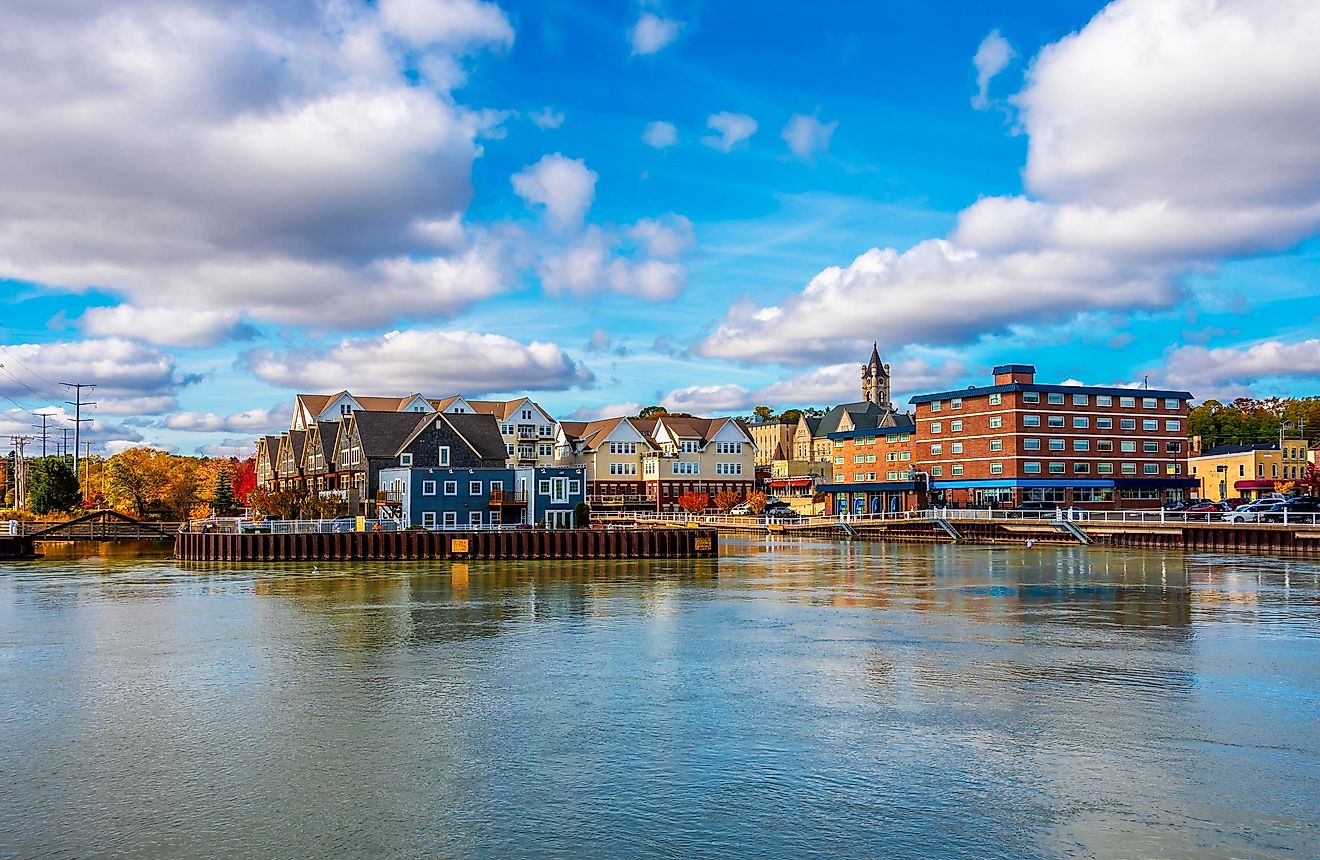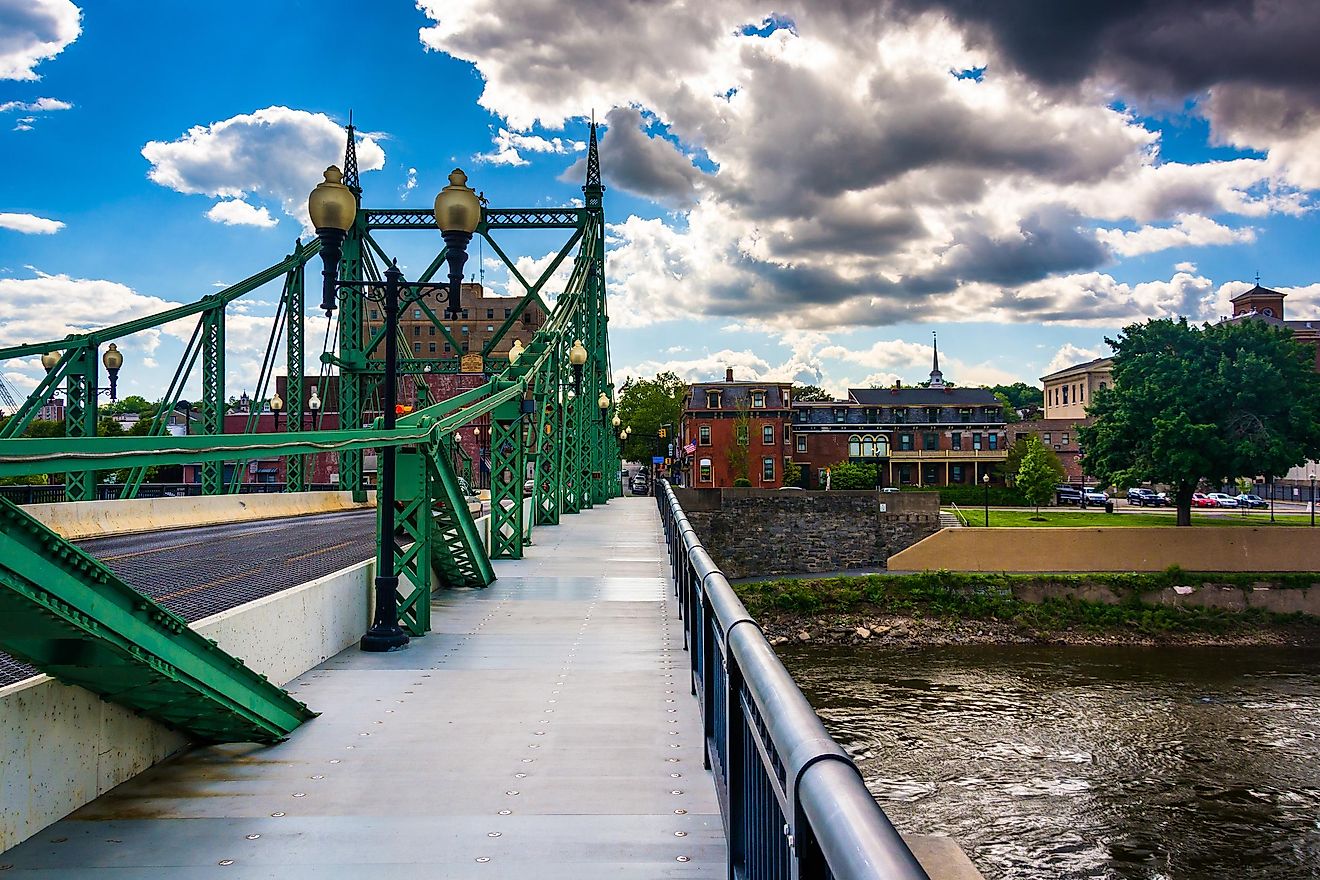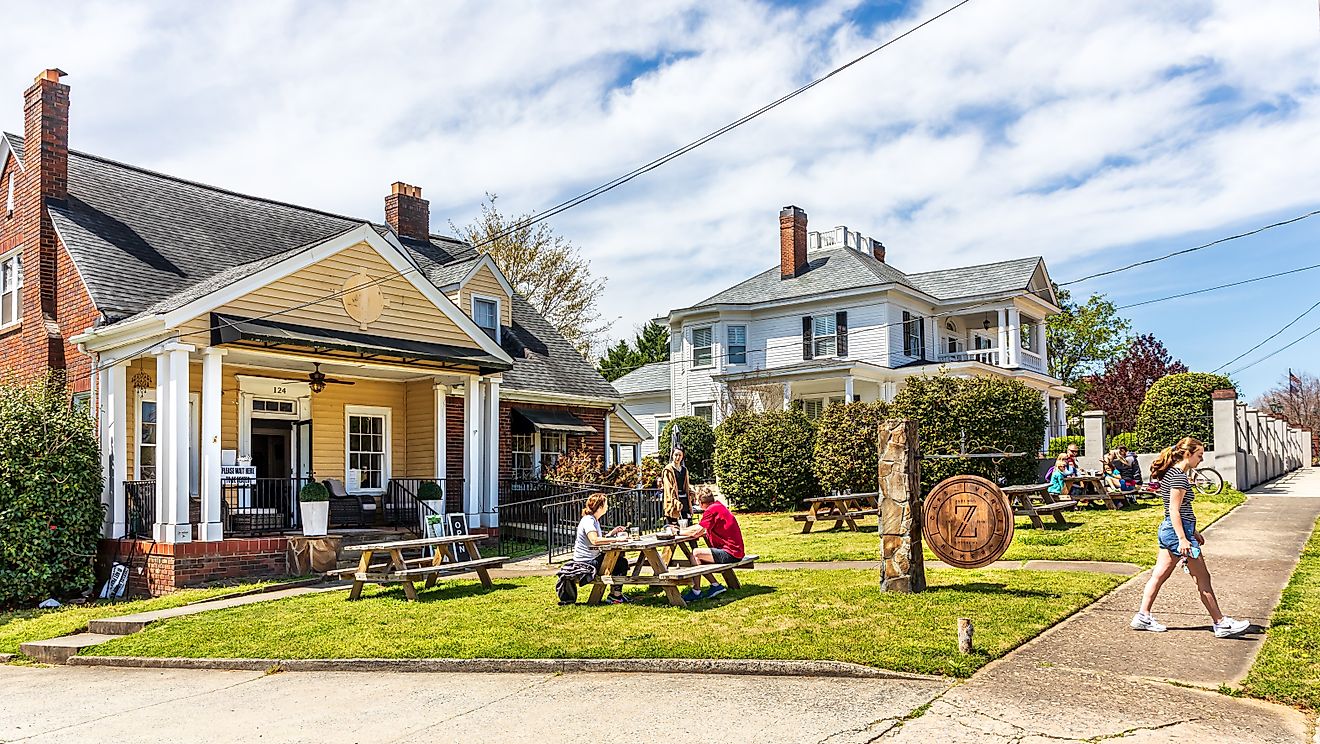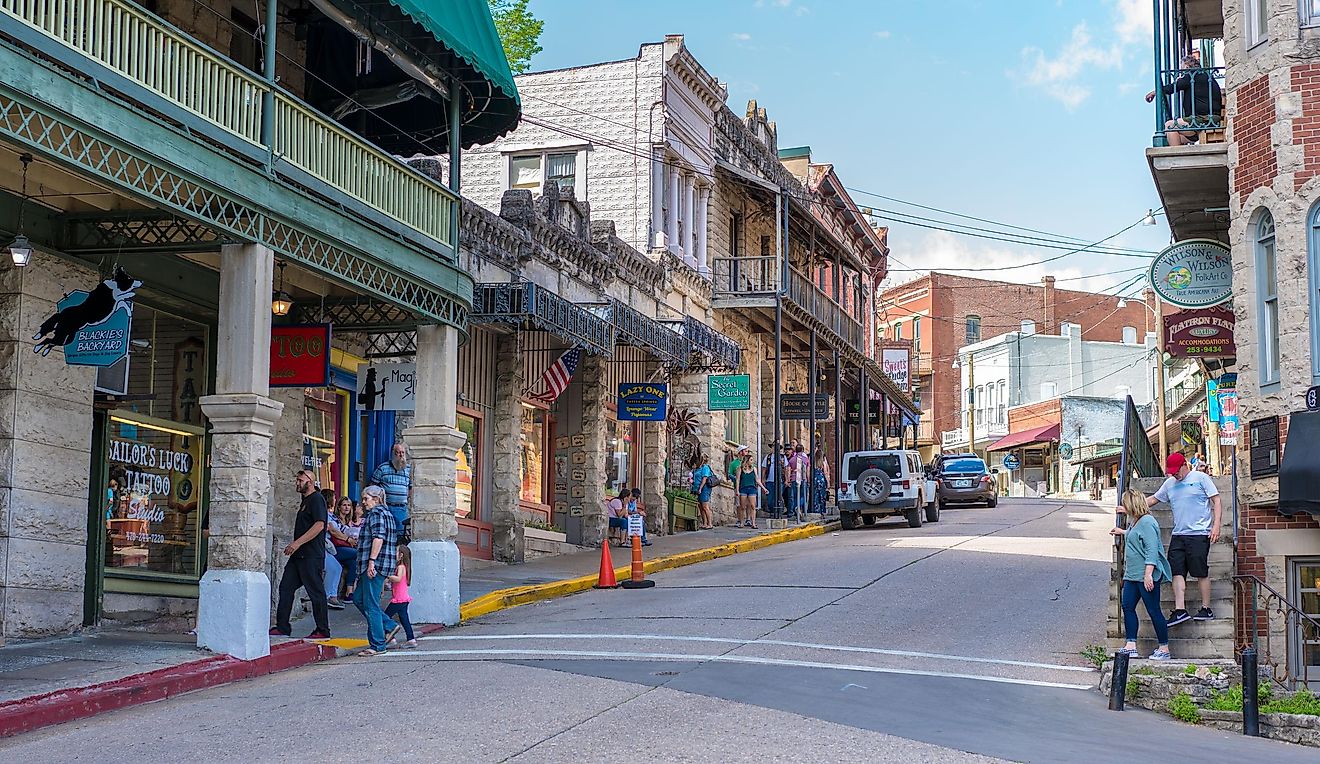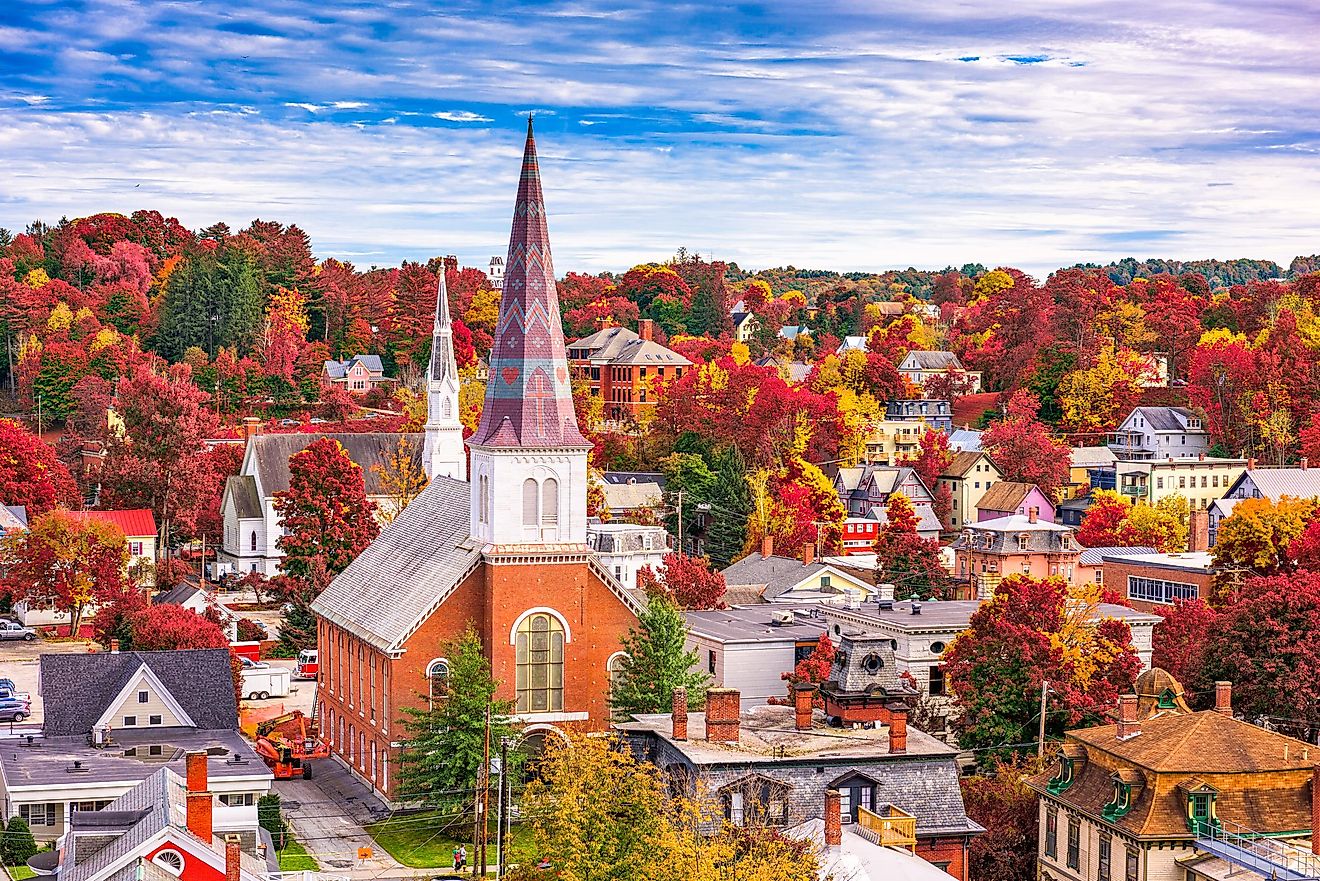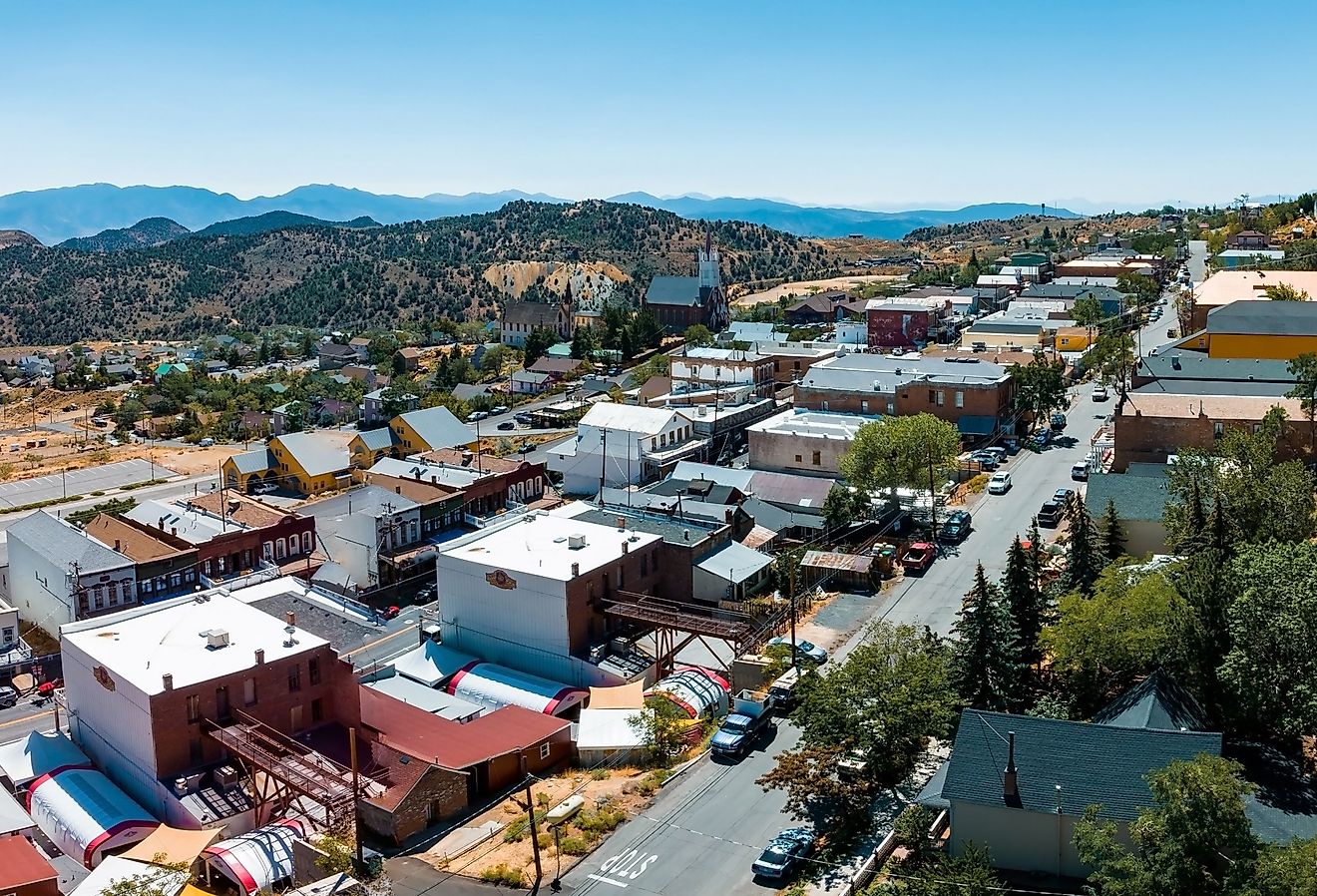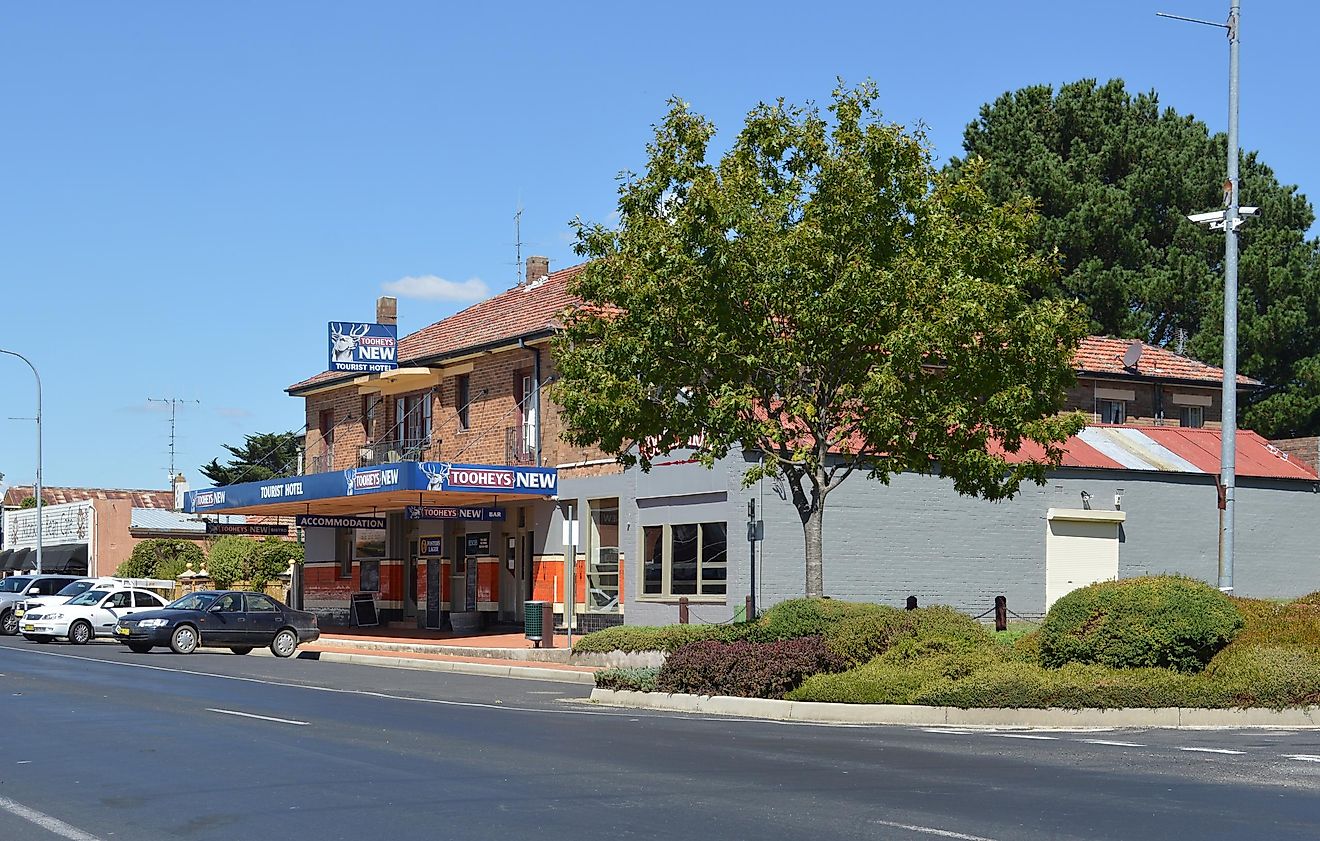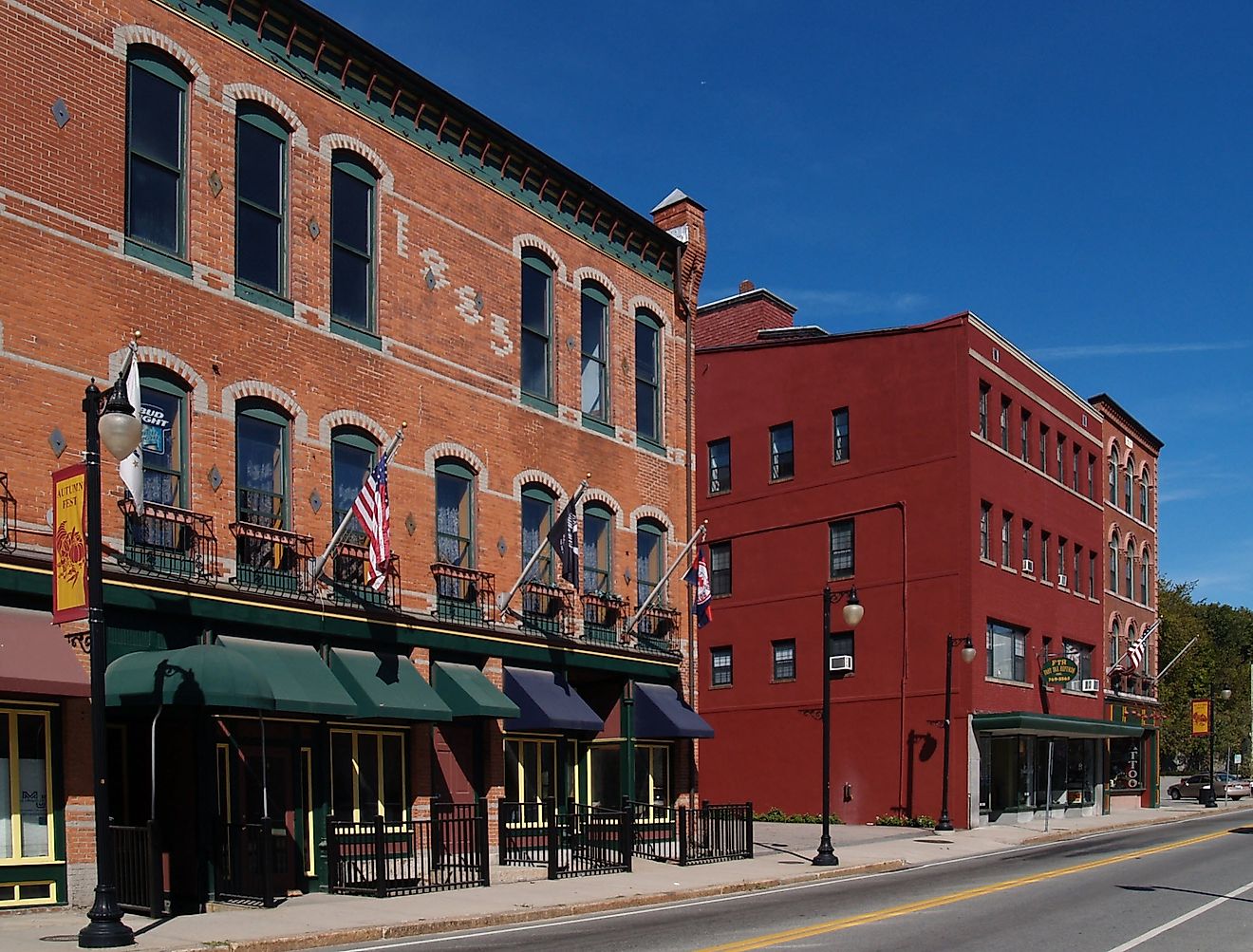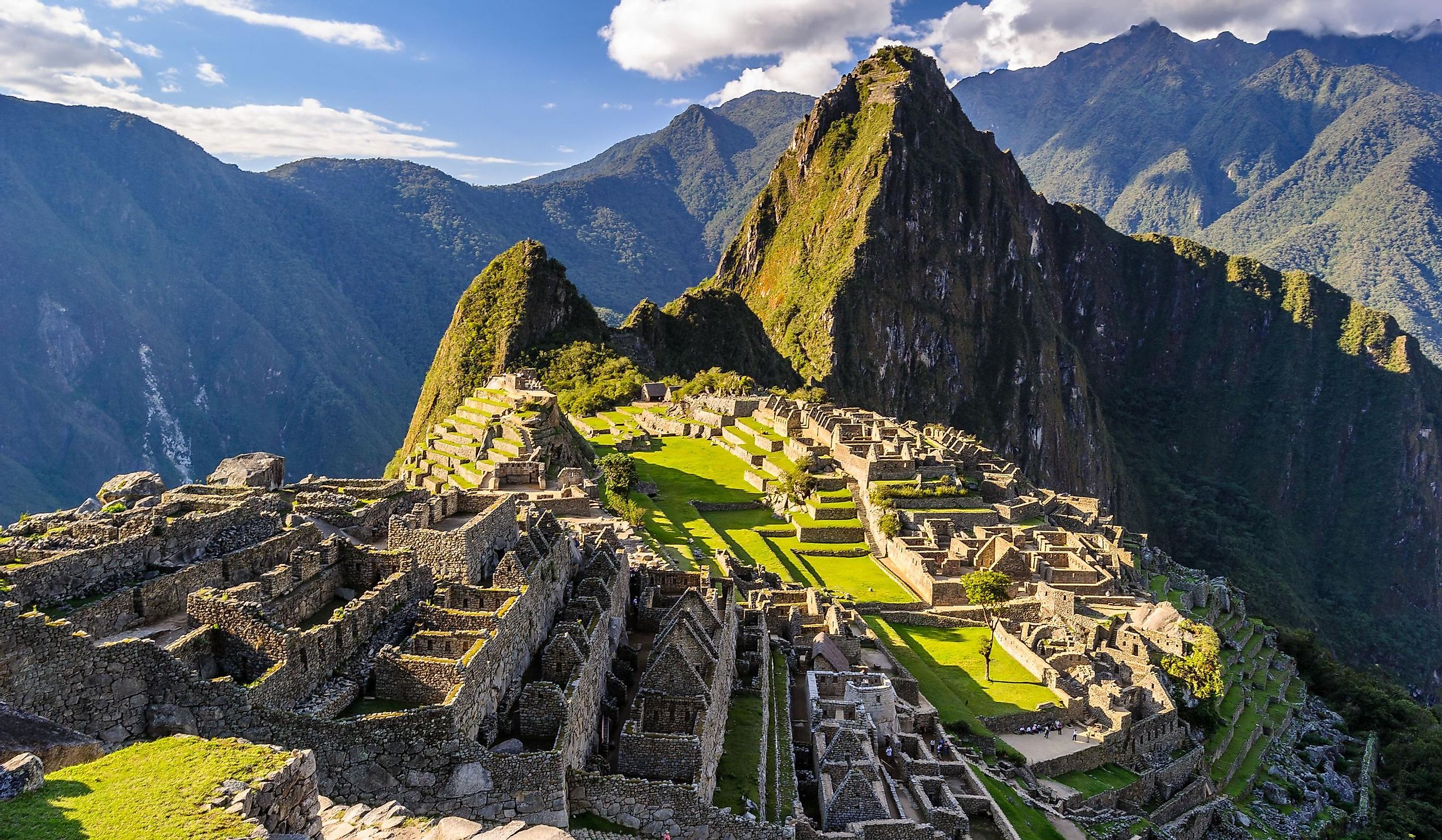
6 Strange Discoveries About Machu Picchu
The Andes Mountain range in Peru is worth exploring for the sake of laying eyes on Machu Picchu. It’s located above the Urubamba River Valley, and it's been around since the 15th century. In 1572, Machu Picchu was abandoned by mankind. Now, it’s thought of as a worthwhile place for tourists to spend their time. The dry stone walls of Machu Picchu are aesthetically pleasing and wildly intriguing from the perspective of curious outsiders. To this day, travelers have questions about how Machu Picchu was built from the ground up. Its exact formation will continue to be mysterious until true answers are exposed someday. In this modern era, a handful of strange discoveries have been made about Machu Picchu.
Machu Picchu survived the Spanish conquest
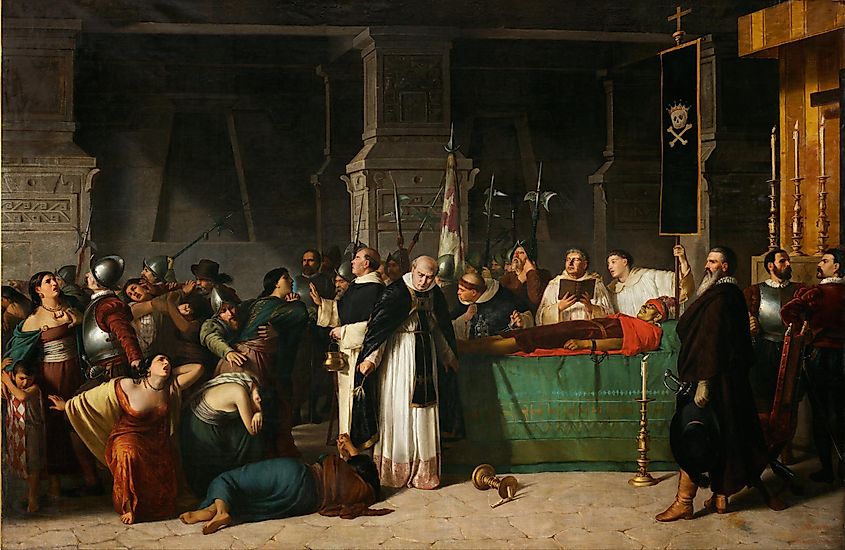
The majority of cities built by the Inca civilization were massacred by the Spanish conquest. The Spanish conquest is remembered as a crucial campaign to occur during the Spanish colonization of the Americas. It began in 1519 and pressed on through 1572. Ultimately, the Incas were defeated due to internal unrest, the spread of diseases, and their inferior weapons. None of their fighting gear was as powerful as what the Spanish were equipped with. The emperor of the Incas was captured by the Spanish conquest, but Machu Picchu itself didn’t suffer the same fate as the others. Since it was hidden in a location, Machu Picchu was never found. This is the reason it is so well preserved today.
Yale University feuded with Peru over Machu Picchu artifacts
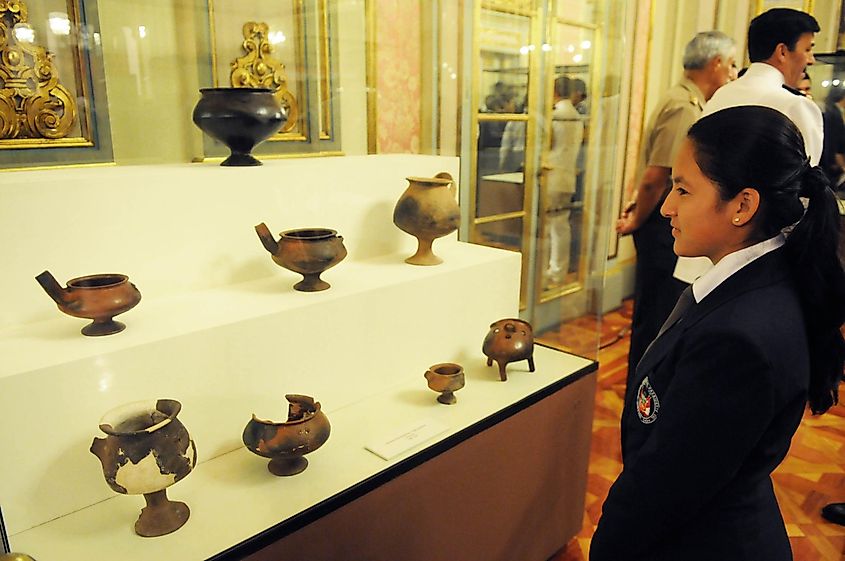
Yale University was holding onto several important artifacts collected from Machu Picchu until they were hit with a lawsuit in 2008. The government of Peru was angered by Yale University's unwillingness to relinquish the artifacts, so they took action. Peru's government insisted that Yale return the artifacts they were keeping on campus, but they were initially met with resistance. The feud came to an end in 2010 when Yale agreed to return the artifacts to Peru. The battle over archaeological materials recovered at Machu Picchu was intense while it was still in motion. Some of the artifacts in question included pottery fragments created in Machu Picchu by real Incas who once walked the Earth. Other artifacts were pieces of jewelry, a multitude of metal tools, and human bones.
Machu Picchu is often confused with the Lost City of the Incas
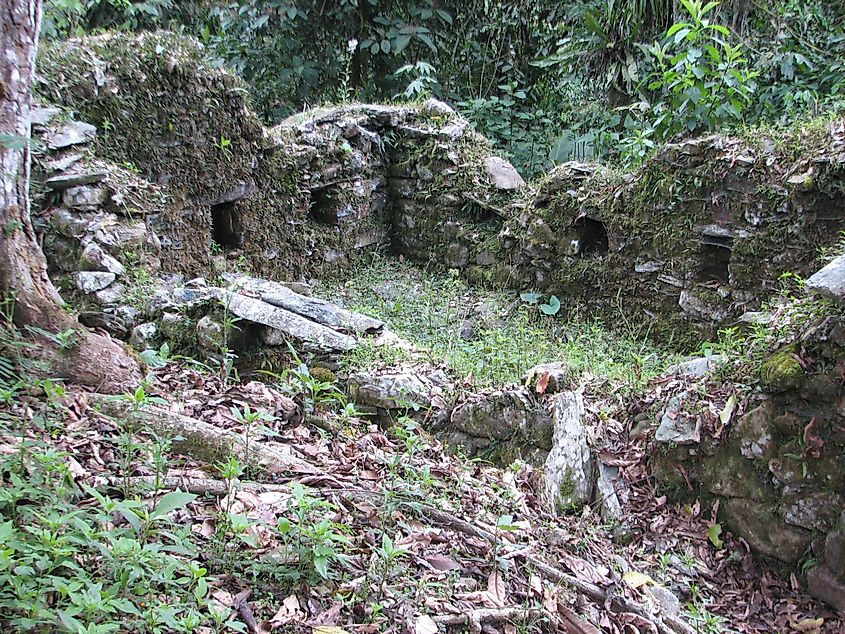
Espiritu Pampa Archaeological site, Peru. In Wikipedia. By I, AgainErick, CC BY-SA 3.0, Wikipedia
Although some folks believe Machu Picchu is the official Lost City of the Incas, that is incorrect. When Gene Savoy made his way to Espiritu Pampa in 1964, the real Lost City of the Incas was revealed. Espiritu Pampa certainly isn't as well-known as Machu Picchu, but it’s the destination that deserves the iconic nickname. Before that discovery, Hiram Bingham was the adventurer who went out of his way to track down the official Lost City of the Incas on an intense expedition. One of the places he discovered was Machu Picchu. Additionally, he also discovered Vitcos. Still, neither of these places was the Lost City of the Incas. This is a historical detail that commonly gets mixed up by history buffs.
Machu Picchu has more than 100 flights of stairs
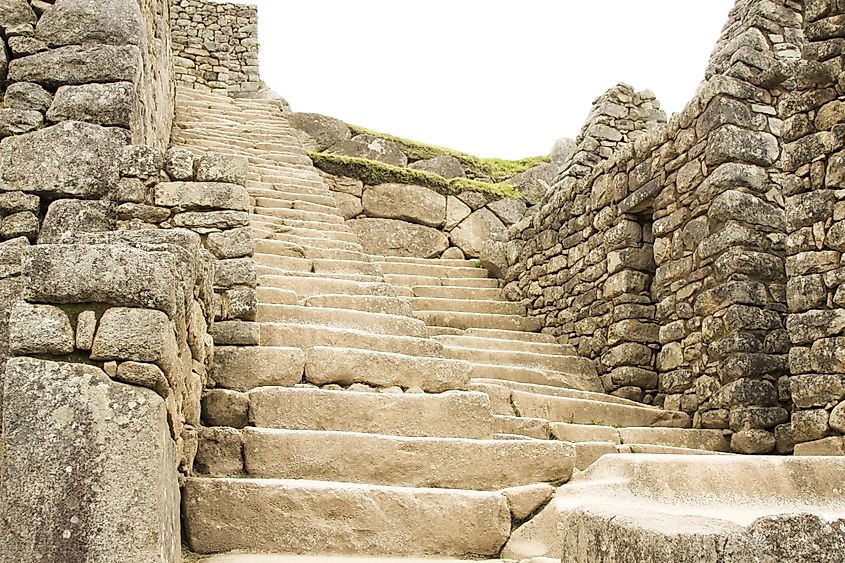
As of today, the exact number of stairs located at Machu Picchu has never been counted or reported by a credible source. One thing tourists know for sure? There are definitely more than 100 flights of stairs spread throughout the 15th-century Incan complex. It’s been estimated that there are around 1,600 steps in total to climb at Machu Picchu. Again, keep in mind that these numbers have not been credibly confirmed. The Machu Picchu trek has been ranked at a moderate level of difficulty. It takes about four days to complete if you’re hiking at an average speed. With all of the staircases lining Machu Picchu, hikers must come prepared with water, snacks, and durable shoes.
Machu Picchu endured massive earthquakes
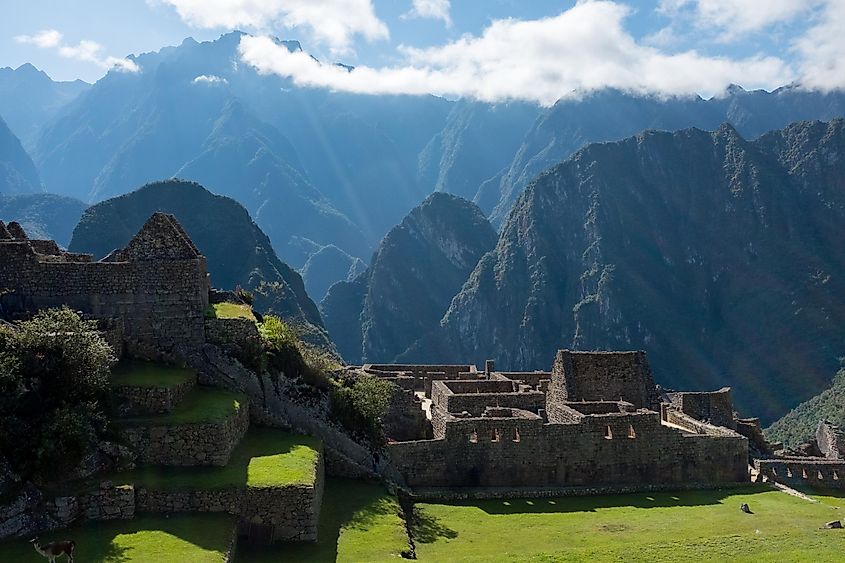
While Machu Picchu was still being constructed from the ground up, it was hit by a handful of incredibly strong earthquakes. There's evidence to prove that damage was done to Machu Picchu’s buildings regarding the stonework before it was completely developed. It’s estimated that the earthquakes posed problems for Machu Picchu builders between 1438 and 1491 C.E. Since written records from that era are incredibly rare, researchers today must piece together clues by taking note of chipped corners and shifted stone blocks throughout the grounds of Machu Picchu. Despite the earthquakes that caused slight damage, Machu Picchu was still successfully constructed.
“Machu Picchu” translates to “Old Mountain”
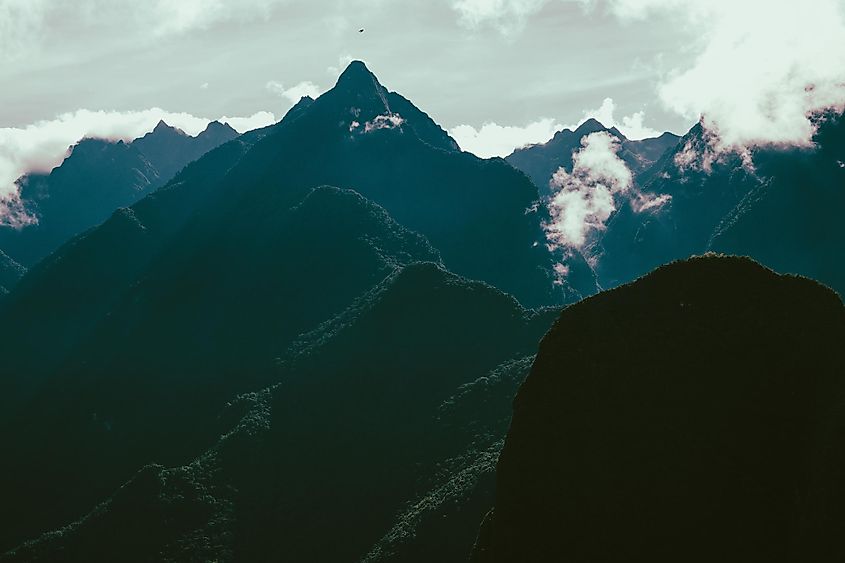
The translation of “Machu Picchu” is “Old Peak” or “Old Mountain.” The name comes from the Quechua Indian language. Interestingly enough, this wasn’t the original name of Machu Picchu. It's simply what locals decided to call it as they were guiding Hiram Bingham along during his travels. During the era of the Incas, Machu Picchu was known as something else – but no one truly knows what that name was. Some historians claim the original name was Huayna Picchu. This would make sense in theory since the Inca citadel was built next to the Huayna Picchu mountain. A Peruvian historian named Donato Amado Gonzalez and an American archaeologist named Brian Bauer have also come together to suggest that the original name was simply Picchu without Machu added to the beginning.
Even though Machu Picchu has been investigated and explored for decades now (and even though it’s been around for more than 600 years in total), researchers and archaeologists are still uncovering new things about the landmark all the time. Questions about why Machu Picchu was built in the first place are still in circulation as well. Some curious folks believe that Machu Picchu was constructed to serve as a royal retreat. Ultimately, there are still loads of mysteries surrounding the historical site and its purpose. Machu Picchu will always exist as a sacred, intriguing, and enticing place to visit for adventurers with an interest in traveling there.
